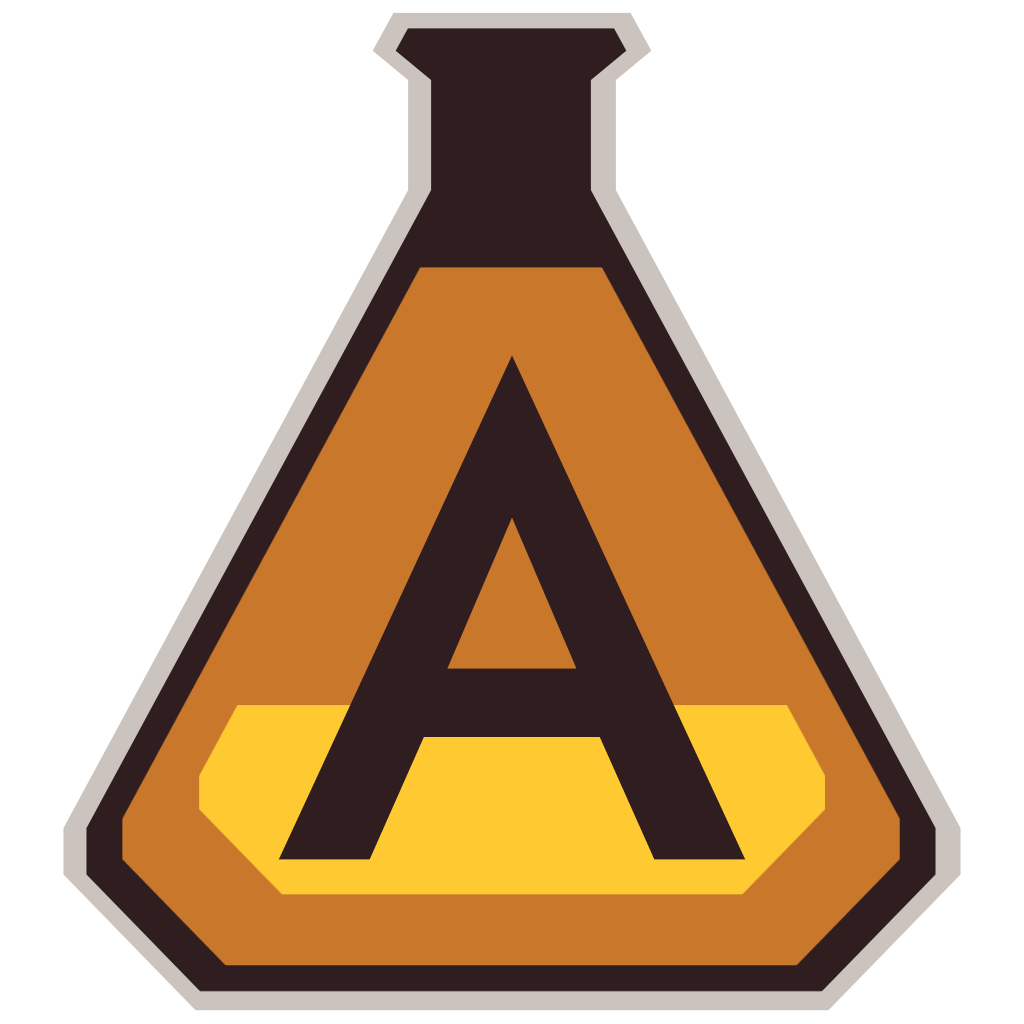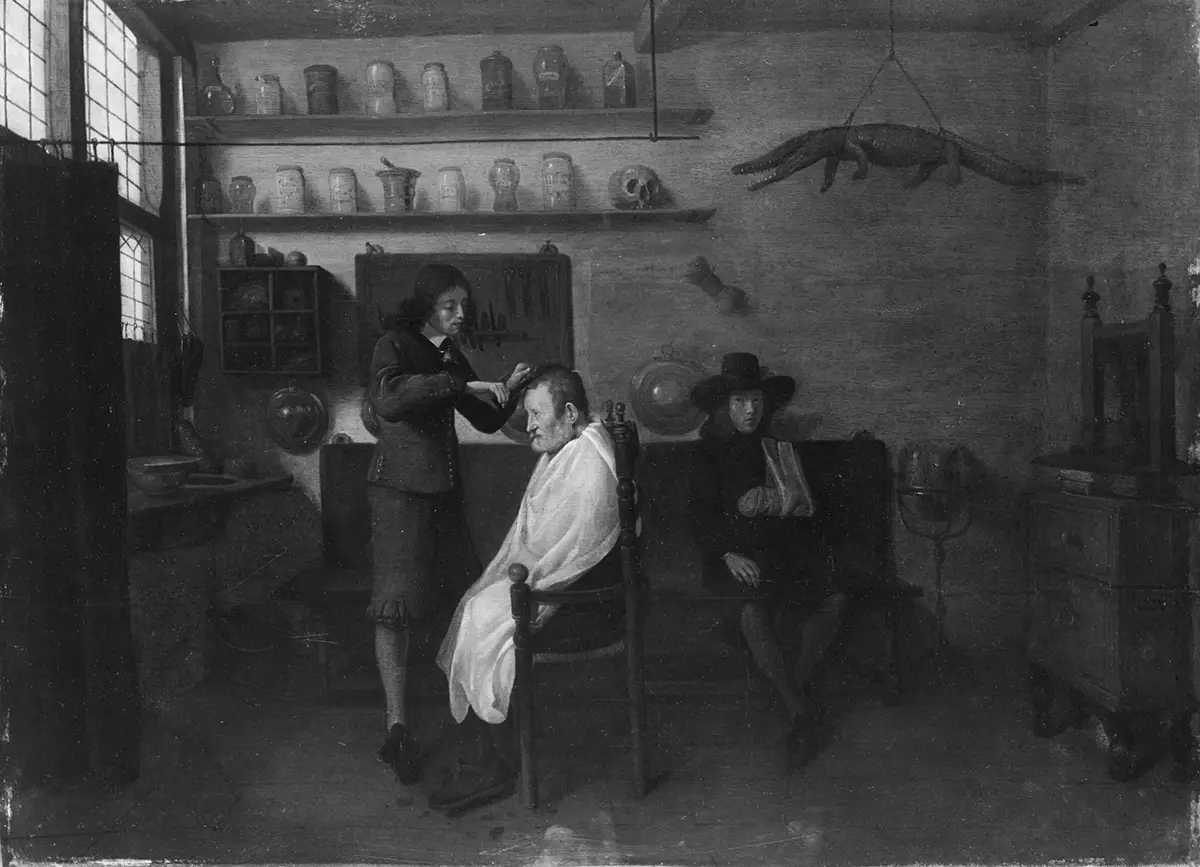A few weeks ago, I found myself diving into the rich history of glovemakers’ and perfumers’ guilds for a writing project completely outside the TTRPG sphere. Immersing myself in the world of these medieval craftsmen who not only made gloves but also concocted fragrances to scent them, I became very interested in this unique blend of professions. Shortly afterwards, I was shown a Dutch painting of a barber-surgeon at work. Coming across this new and unusual combination of professions inspired me to research other interesting historical job pairings.
Imagine walking into a blacksmith’s shop, the heat radiating from the furnace, the rhythmic ting of hammer on metal filling your ears. As you look around, you notice a corner of the shop set aside not for iron and steel, but for something completely unexpected—dentistry. In the American West of the 19th century, this was a common scene. This combination is just one example of historical professions that had unusual connections. In fact, these jobs’ combinations have parallels to character multiclassing in tabletop role-playing games, blending skills and professions in unexpected ways to create a more well-rounded and versatile individual.
Throughout history, our ancestors wore many hats. Jobs were not always as specialized as they are today, and people often needed to master a range of skills to survive. One profession could feed into another, leading to unique job combinations that might seem strange to us now. Let’s take a look at some interesting examples.
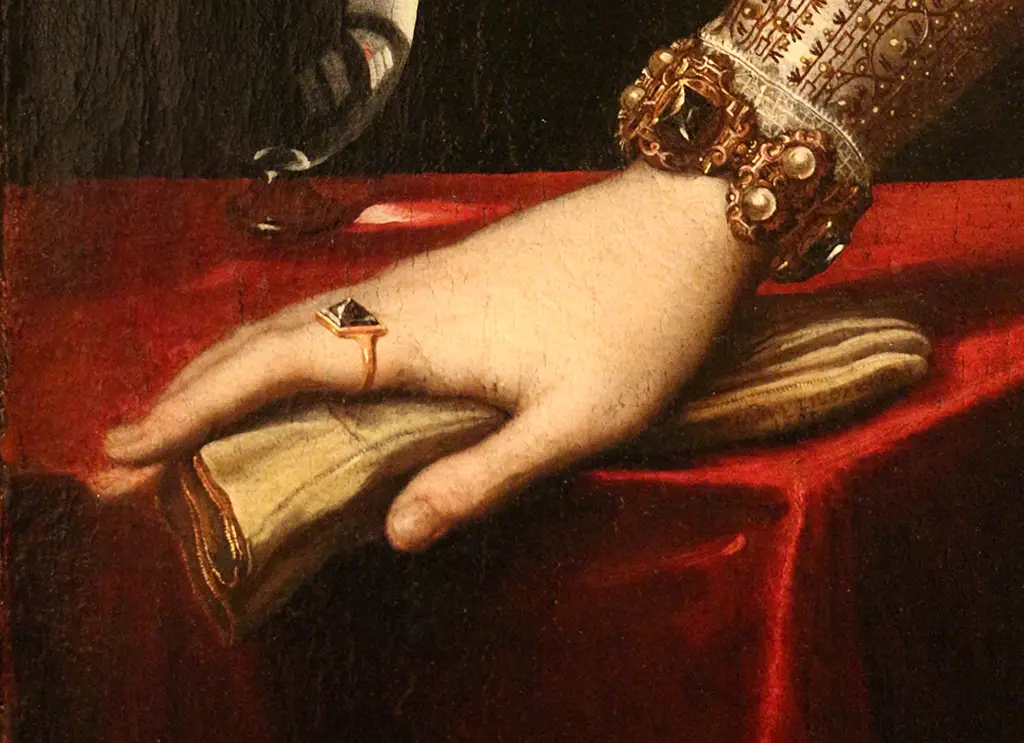
Glovers and Perfumers
Crafting Aromatic Artistry in the Middle Ages
The Middle Ages presented an interesting combination of glovers and perfumers. Crafted from fine leather, gloves were not only a necessity but a fashion statement. But a trend developed that transcended mere visual aesthetics: perfumed gloves. The everyday odors of medieval life were pungent, and perfumed gloves offered a portable olfactory oasis. Glovers, therefore, not only honed their leather-working abilities but also cultivated knowledge of fragrances, blending oils, herbs, and spices to give their gloves an appealing scent. The correlation between these two crafts was so profound that, in certain regions of Europe, the guilds of glovers and perfumers were one entity.
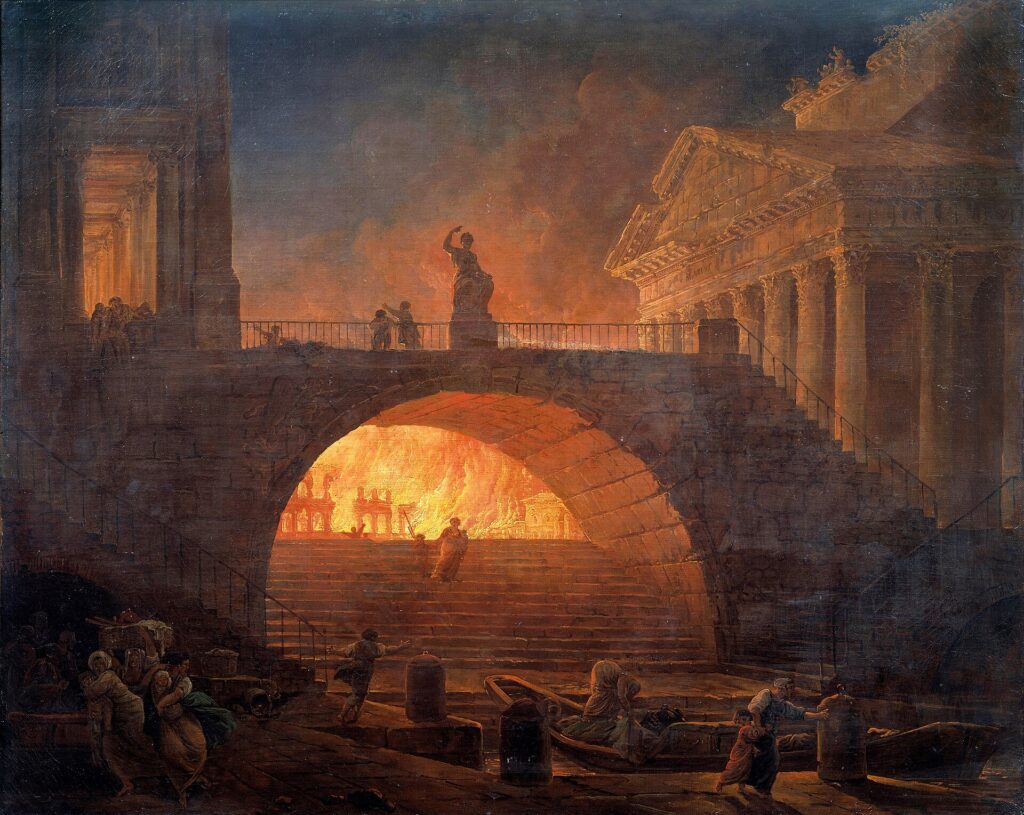
Bakers as Firefighters
Fighting Fire with Dough
In ancient Rome, the neighborhood bakery wasn’t merely a source of fresh loaves; it was also the local firefighting station. With ovens always burning, bakeries were frequent fire starters, making bakers the ideal first responders when blazes broke out. Not only did they know their way around a fire, but they were also on-site and could respond rapidly. Bakers also had access to a variety of tools that could be used to fight fires. These tools included buckets, axes, and shovels. Bakers also had access to water, which was essential for extinguishing fires. The role of bakers as firefighters declined in the later Roman Empire, as the government began to establish professional firefighting forces (Vigiles Urbani).
Tailors and Bankers
Lending More than a Stitch
During the Middle Ages and Renaissance, many Italian tailors added banking to their repertoire. This trend began with pawn lending, where customers would offer clothing as collateral for loans. Pawn lending was a common practice in the Middle Ages, as there were few other options for people to borrow money. The Medici family of Florence, who started as tailors, is perhaps the most renowned example of this evolution, growing into powerful bankers and influential political leaders. The practice of tailors becoming bankers was not unique to Italy. In other parts of Europe, tailors also began to offer financial services. This was due to the fact that tailors were trusted members of the community and had a good understanding of the value of goods.

Blacksmiths and Dentists
When Iron Meets Tooth
Continuing in the Middle Ages, the blacksmith’s forge was a hotspot for dental woes. Given their sturdy constitution, mastery over metalworking tools, and a firm understanding of three-dimensional structures, blacksmiths were surprisingly well-equipped to take on the role of dentists. This wasn’t a job for the faint-hearted, given the rudimentary nature of dental care during this period, but blacksmiths were an unexpected yet suitable fit for this secondary profession.
Cobblers and Dentists
Pulling Teeth and Soles
Just as blacksmiths delved into dental procedures, cobblers found themselves in similar circumstances. In the Middle Ages, cobblers, known for their work mending footwear, also provided services for extracting teeth. The overlap might seem strange today, but back then, cobblers already had the necessary tools and weren’t shy about getting their hands dirty.
Chandlers and Soap Makers
From Light to Lather
In the Middle Ages, it was common for chandlers to be candle makers and soap makers. Both trades employed animal fat as a crucial ingredient, which was a readily available and affordable material in the Middle Ages. Animal fat provided a long-burning fuel that could be easily molded into different shapes. For soap, animal fat combined with other ingredients, such as wood ash or lye, created a cleansing product that was effective at removing dirt and grime. This coupling offered an efficient use of resources and diversified the chandler’s offerings to the market.
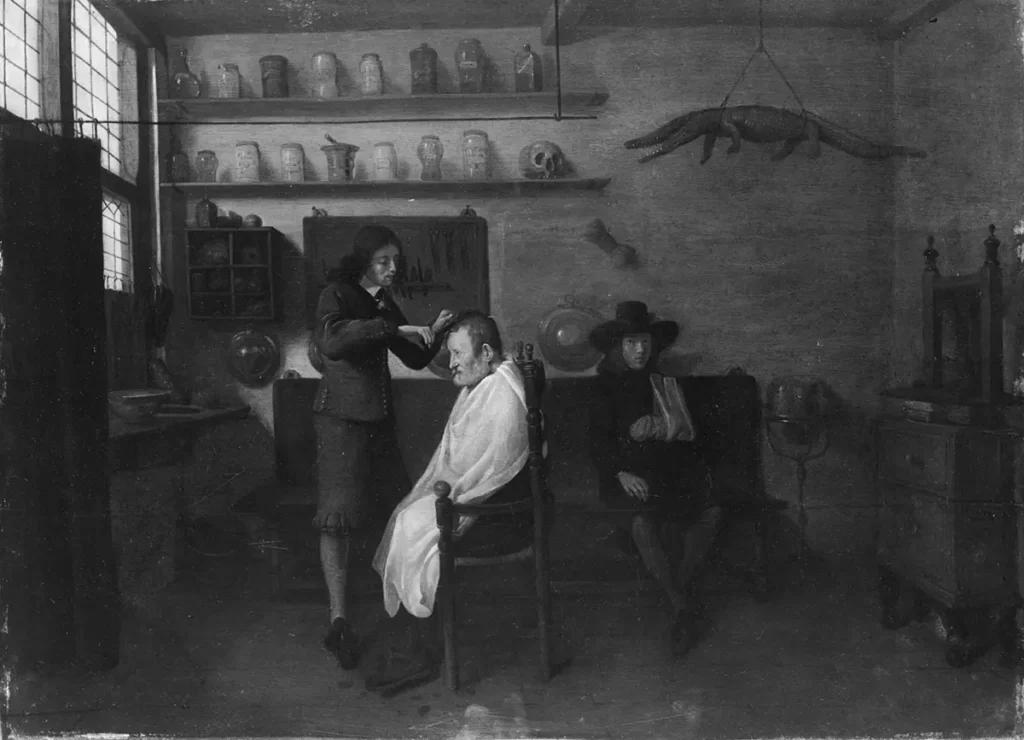
Barbers and Surgeons
Trimming Beards and Bloodletting
Barbers, known for their deftness with sharp instruments, often doubled as surgeons in the Middle Ages and Renaissance. The clergy, who had traditionally been the primary medical practitioners, were forbidden from performing surgery after a papal decree in 1215. This left a void that barbers were able to fill. Their steady hands were invaluable for minor surgeries and the practice of bloodletting, a prevalent medical procedure of the time. The crossover was so common that a united guild of Barber-Surgeons existed in England until as late as 1745. The association between barbers and surgeons began to break down in the 18th century, as medical education became more formalized. However, the legacy of barber-surgeons can still be seen today in the red-and-white striped pole that is still used by many barber shops. This pole is a symbol of the barber’s traditional role as a surgeon.
Priests and Astronomers
Stargazers and Sermons
Astronomical observations and religious observances were often intertwined in many ancient civilizations. The Mayans, famed for their elaborate calendar, were accomplished astronomers, with priests frequently performing the role of stargazers. The Mayans believed that the stars and planets were controlled by gods, and they used astronomical observations to predict future events and influence political decisions. Likewise, medieval European monasteries commonly housed astronomical observatories, with monks tracking celestial bodies’ movements for both religious and practical purposes. For example, they would use astronomical observations to determine the date of Easter, which is a movable feast that depends on the phases of the moon. They would also use astronomical observations to help with timekeeping, navigation, and agriculture.
Scientists and Glassblowers
In the Heat of Discovery
In the 19th and early 20th century, scientific pursuits often required proficiency in glassblowing. Custom-made glass equipment was a staple in many laboratories, and some scientists even crafted their own apparatus. The skills of a glassblower are not easily learned. It takes years of practice to become proficient in the craft. Michael Faraday, the English physicist and chemist, was known for his ability to create his own glassware. The advent of mass-produced lab equipment in the 20th century led to a decline in the need for skilled glassblowers. However, there are still a few scientists who learn the craft to meet specific needs.
These examples illustrate the interlinking and multi-faceted nature of professions throughout history. Each unusual occupational combination tells a story of adaptation, survival and creativity, proving that it is possible to be a master of more than one trade. In a second post, we look at how these historic combinations of professions can also inspire us in the fantasy settings we love to create and explore.
Sources:
“The Perfect Scent” by Chandler Burr
“Gloves and Glove-making“ by Mike Redwood
“When blacksmiths were dentists”
The Evolution of Dentists and Dentistry Through the Ages
“The Encyclopedia of Ancient Rome” by Andrew Wallace-Hadrill
“The Medici: Godfathers of the Renaissance” by John Julius Norwich
“Medieval European Monks and Astronomy” by Owen Gingerich
“The History of Glassblowing in Science” by Michael R. Canfield
